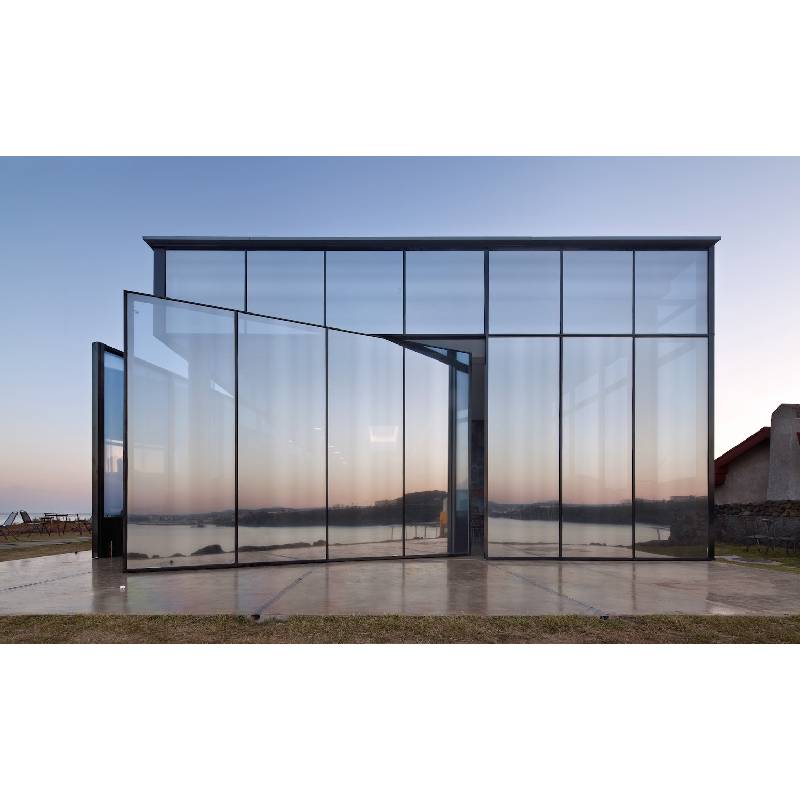

The Beauty and Functionality of Reflective Glass Panels
Reflective glass panels have emerged as a popular architectural choice in modern building designs, combining aesthetics with functionality. These panels, which are coated to reflect light and heat, offer a myriad of benefits that enhance both the performance and visual appeal of structures. This article explores the various aspects of reflective glass panels and their significance in contemporary architecture.
One of the primary advantages of reflective glass panels is their ability to improve energy efficiency. In an era where sustainability is paramount, buildings are increasingly designed to minimize energy consumption. Reflective glass works by reflecting solar radiation away from the building, reducing the need for excessive air conditioning during warmer months. This characteristic not only lowers energy costs but also lessens the overall carbon footprint of the building. With rising energy prices and growing environmental concerns, the utilization of reflective glass panels is a step towards creating more sustainable urban landscapes.
Aesthetic appeal is another compelling reason for the popularity of reflective glass panels
. These panels can create striking visual effects, transforming the façade of a building into a dynamic interplay of light and reflections. When installed, they can mirror the surrounding environment, allowing structures to blend harmoniously with nature while also standing out as unique architectural statements. The sleek, modern look of reflective glass adds a touch of elegance and sophistication to both residential and commercial buildings, making it a favored choice among architects and designers.
In addition to providing energy efficiency and aesthetic allure, reflective glass panels also enhance privacy without sacrificing natural light. In urban settings, where space is often limited and buildings are in close proximity to one another, the reflective nature of these panels allows occupants enjoy daylight while keeping the interior hidden from prying eyes. This feature is particularly advantageous for offices and residences alike, as it fosters a comfortable environment where individuals can focus on their tasks without feeling exposed.
Moreover, the durability of reflective glass panels makes them a practical choice for long-term investment. With advancements in glass technology, many reflective panels are treated to be resistant to common threats such as weathering, scratches, and even vandalism. This resilience ensures that buildings maintain their pristine appearance over time, requiring minimal upkeep and safeguarding the original investment.
Reflective glass panels also play a role in promoting indoor comfort. By helping to regulate heat and glare, these panels contribute to a more pleasant indoor environment. With less glare from harsh sunlight, occupants can enjoy their spaces without the discomfort of squinting or having to adjust their seating arrangements. This comfort enhances productivity in office spaces and creates a welcoming atmosphere in homes.
In conclusion, reflective glass panels are an integral part of modern architecture, bringing together energy efficiency, aesthetic beauty, privacy, durability, and indoor comfort. As the architectural world continues to evolve towards more sustainable practices, the demand for such innovative materials will only increase. Embracing reflective glass panels is not only a choice for design and functionality but also a commitment to a greener future. Whether in towering skyscrapers or cozy homes, these panels represent the perfect blend of form and function, making them a timeless choice for any construction project.